
Caterham Lightens Up
Any experienced racer knows the value of optimizing the power/weight ratio of a car. Fewer pounds equals more “free” horsepower, although many race car builders have been known to spend inordinate sums for a slight weight reduction.
As a prime example, Colin Chapman pared down the poundage of his Super Seven, and it was so successful, this iconic car became the embodiment of the Lotus philosophy of performance through low weight and simplicity.
Caterham Cars, which acquired the rights to the Super Seven back in the early Seventies, carries on this same philosophy. According to Simon Lambert, Chief Motorsport and Technical Officer for Caterham Cars, the company is always striving to keep the weight of the car down, which is getting increasingly difficult as engines and emission control become more complex (adding components).
Caterham was approached by Reynolds (ironically at a meeting held at Morgan) to see if the firm would have an interest in producing a butted-tubing version of its spaceframe. “Reynolds is a great British brand in the bicycle world,” Lambert notes. “So we saw synergies between the two brands.”
He points out that a butted-steel spaceframe makes a lot of sense, and while it has been done in racing in the past, it was a surprise that there has never been a road car.
For Caterham, besides providing a test-bed for something that could be adopted in other low-volume projects where a steel spaceframe can still be a viable production solution, it’s also light, easy to manufacture and fully recyclable.
“We saw that this is something we could offer our customers as a lighter-weight option,” he adds. “This was key to taking part in the project; it has to be something that we could take to market.” To be economically viable, we had to use the existing chassis jigs for production, without modification. In that way, a Reynolds tubing set could be supplied and built as easily as any other Caterham chassis.
A third partner, Simpact (https://www.simpact.co.uk/) was brought on board as a CAE consultancy to ensure that the chassis was at least as stiff as the standard item.
A modest weight saving was achieved and it’s likely the world’s first butted-tube spaceframe chassis car, proving out the concept. Caterham expects to be able to offer it as an option from the start of next year. The weight saving will be around 10 percent of the chassis weight, which will equate to about 15 pounds. While not an earth-shattering amount, but in cost terms versus all the carbon goodies people put on the car to save ounces, it should represent good value. “It also adds that extra geek element to the car that we all love,” Lambert say. “My next one will have a Reynolds chassis for sure.”
Of course, this project was all about achieving savings with plain mild-steel. Reynolds can use a number of more exotic steel alloys that are stronger and lighter. Could those be adopted to produce an appreciable lighter chassis? Well, Caterham has taken the first step with this project.

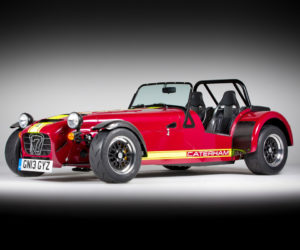
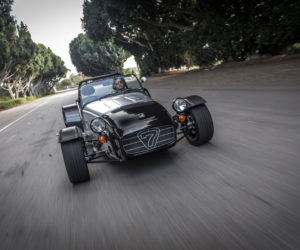
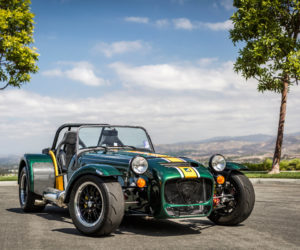

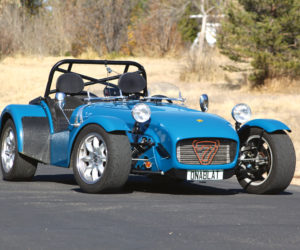
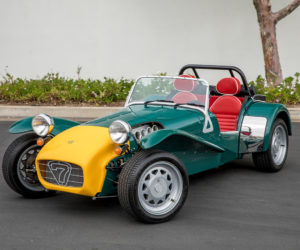




Comments for: Caterham Lightens Up
comments powered by Disqus